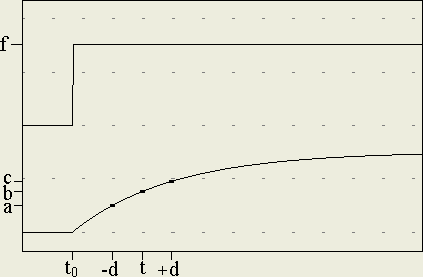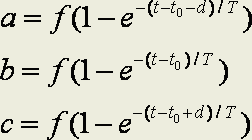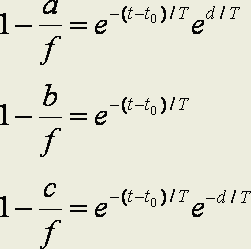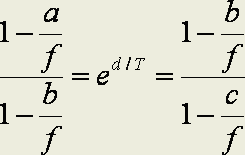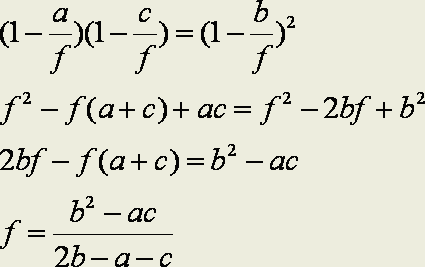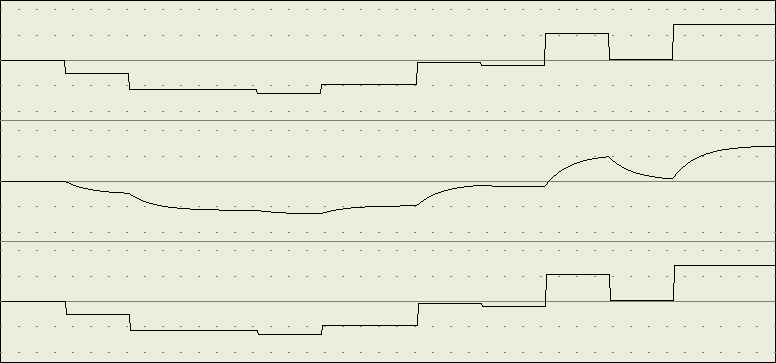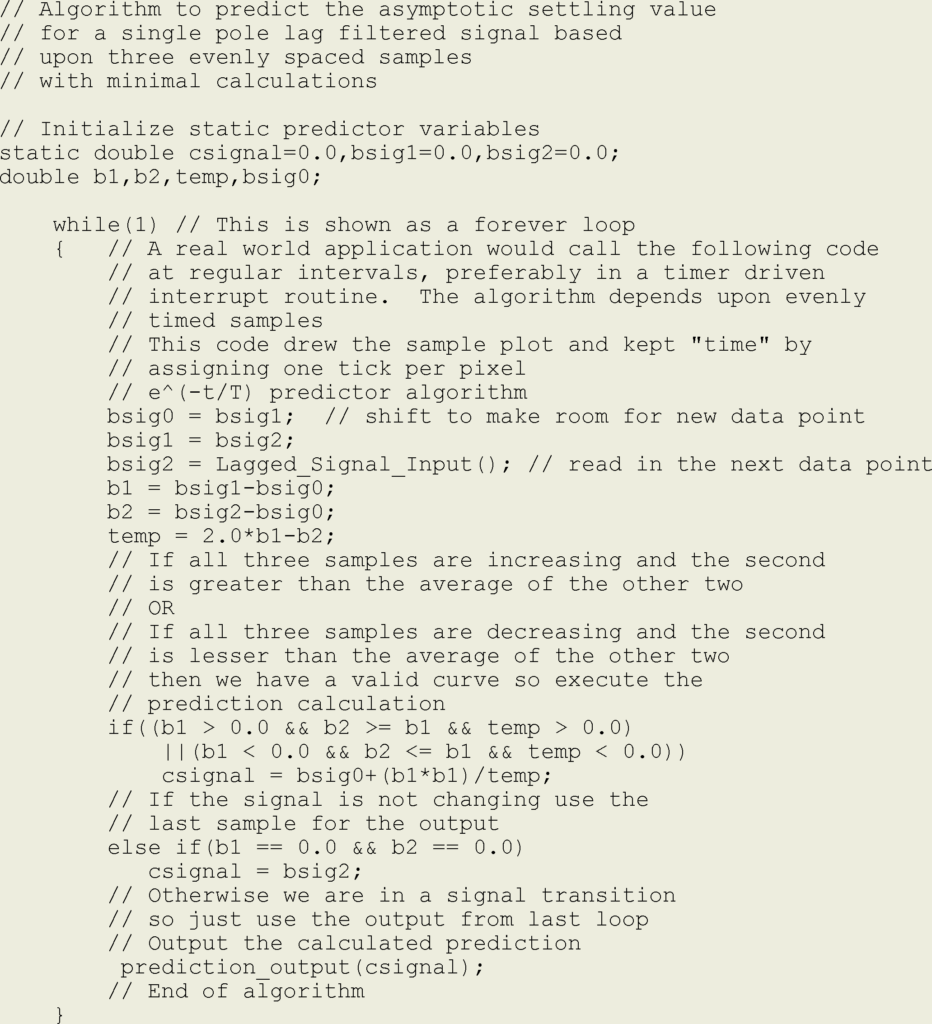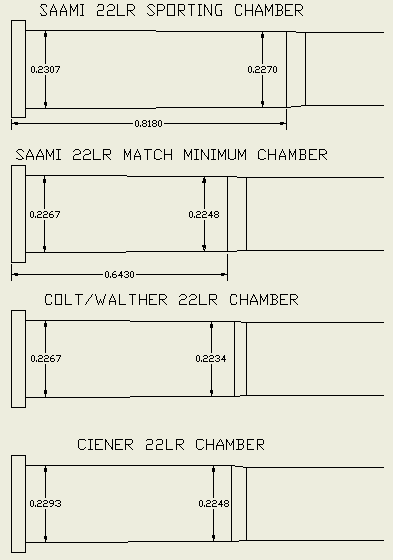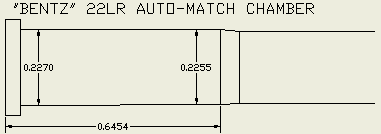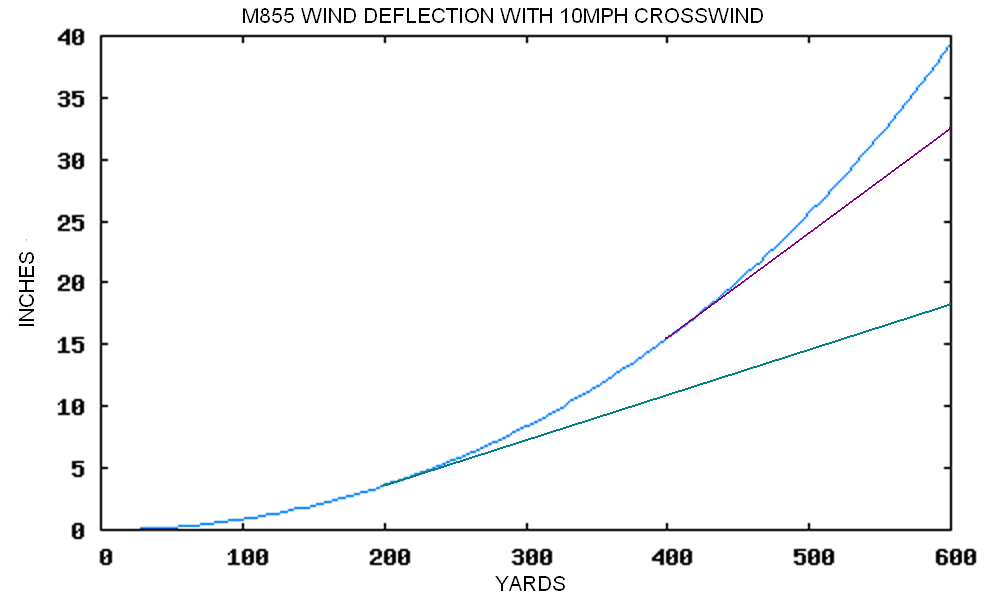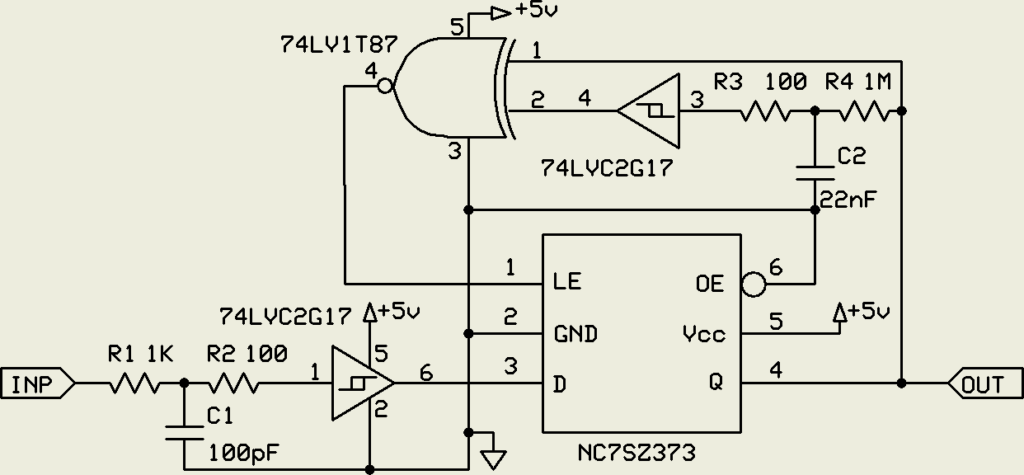Water softeners replace slightly soluble calcium and magnesium carbonate and sulfate salts in hard water, picked up from rocks like limestone and gypsum, with more soluble sodium salts. Since the sodium salts rinse away better, they do not leave significant water spots, lime, and scale and are harmless to people and animals, although some people can taste the sodium salts more than the hard water salts. They also improve the efficiency of soap. The used up sodium has to be replaced in the water softener by periodically adding salt pellets.
Plants, with the exception of salt water grasses, sea weed, and algae, did not evolve in an environment with sodium salts. If they are exposed to sodium salts the sodium blocks the pores used by plants to take up water and the plants die of thirst. This has been known for a long time. When the Romans finally destroyed the Carthaginians, they salted the ground in Carthage so nothing would ever grow there. The herbicide Roundup kills all plants but does not poison the ground and allows replanting three days later. Roundup 365 is intended for killing plants where no plants are ever desired as between driveway pavers. It is made by adding salts to regular Roundup.
All water softeners have bypass valves to switch back to hard water temporarily. The instructions tell you to switch to bypass when watering the lawn but never explain why. It seems this is to avoid wasting replacement salt pellets but it is actually to keep the softened water from killing the grass (and trees). I don’t know if it was a marketing department or legal staff that decided to not mention this product downside but this omission has spread to the entire industry.
I managed to kill a newly planted tree to learn this. The more I watered it, the drier it got. When you switch to hard water, there is still softened water in the house pipes. You will need to run that out before you turn on your hoses. You can do this by running a faucet near the part of the house where to hoses are for a couple of minutes. In my house the bathrooms are beyond the hoses with respect to the water softener so I can just flush a couple of toilets and wait for them to refill. Always switch to hard water bypass when using your hoses, even for cleaning, to keep softened water out of them.
The spambots are getting out of hand : Please leave comments, friend, using the post in my comments category. 🙂


